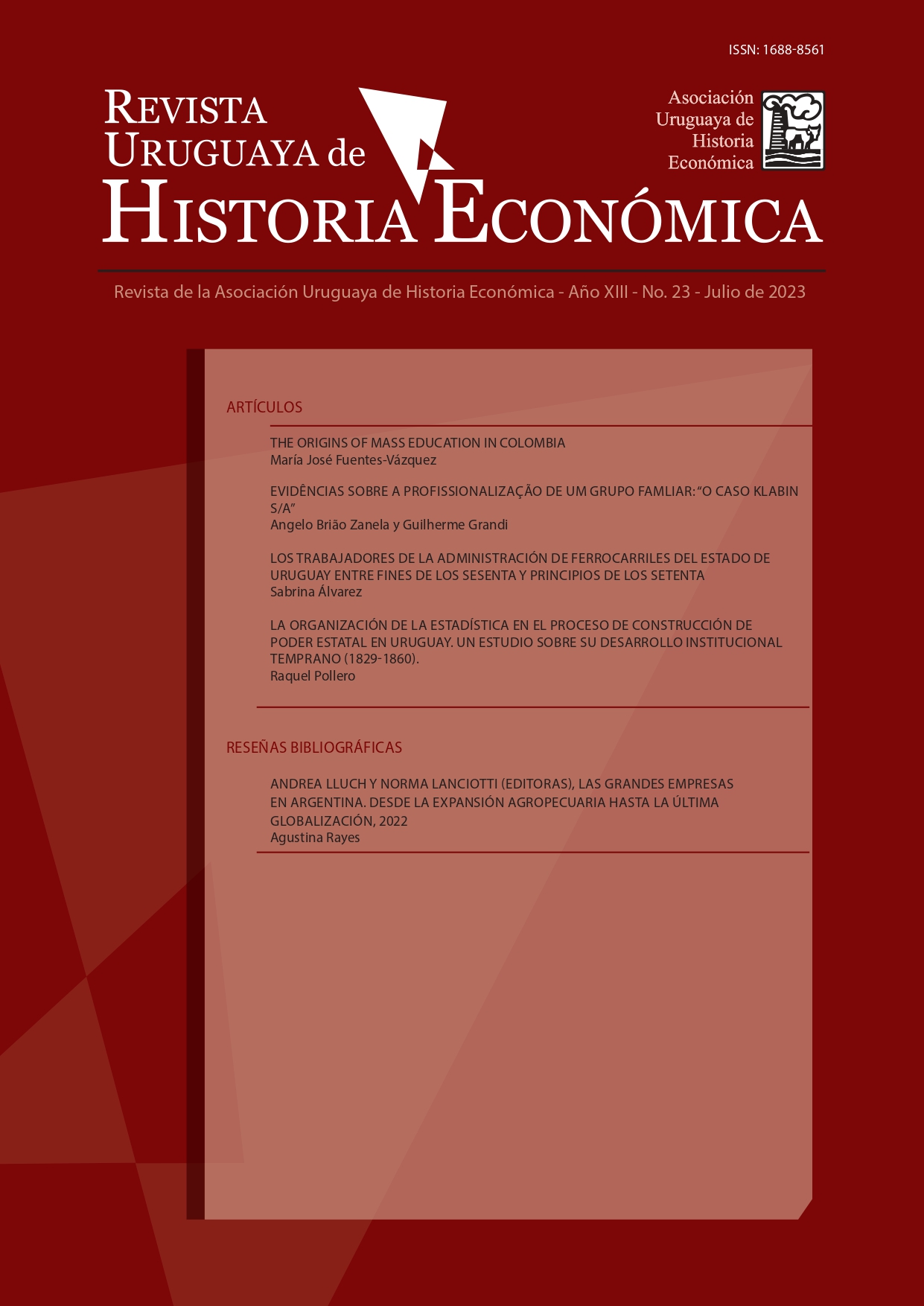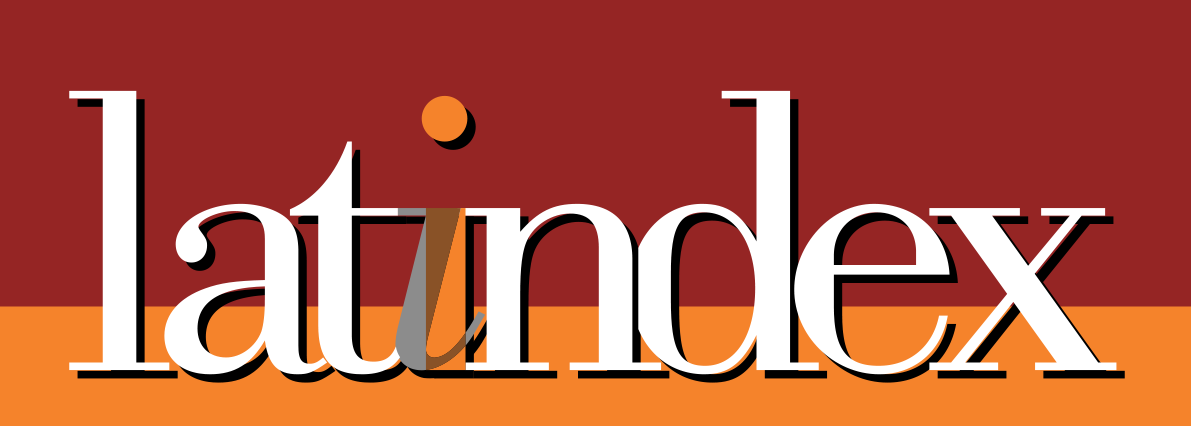The ORIGINS OF MASS EDUCATION IN COLOMBIA
DOI:
https://doi.org/10.47003/RUHE/13.23.01Keywords:
education, regional inequality, Latin America, ColombiaAbstract
Latin America is the most unequal region in the world. Williamson (2015) suggested that inequality in Latin America occurred between World War I and the 1970s (the so-called “Great Leveling”). As education is a crucial factor in reducing inequality, this paper provides a complete breakdown of educational coverage during the first half of the 20th century to identify long-term patterns in educational inequality. To address this, I construct and analyse annual series of gross enrolment rates for primary and secondary schooling disaggregated at the regional scale and consider different characteristics of it, such as public and private education, rural and urban education, and gender. The results show that the territories where industrialization began had higher coverage rates than the more indigenous peripheries of the country in both primary and secondary education. Regarding the analysis of gender, the results clearly show a gender bias in the coverage of primary education, while in secondary education there is a bias in quality.






